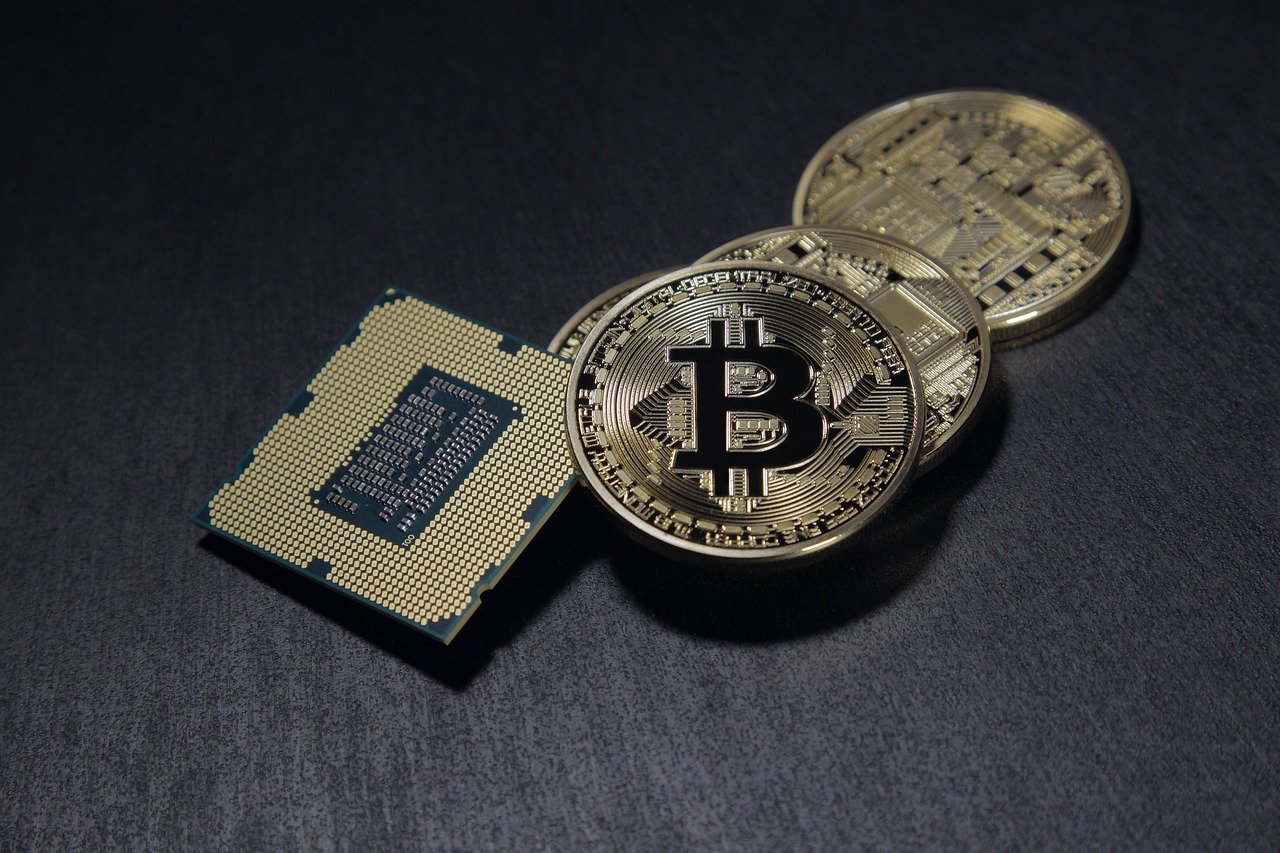
What is Blockchain Sharding?
Blockchain sharding is a method for scaling a blockchain. It divides the process of processing transactions into multiple subdomains. In doing so, it helps alleviate the congestion problem that bogs down the system, which leads to slower transactions and higher transaction costs. For example, if a parkway had more cars than lanes, it would result in more traffic and accidents. This could cause a network to slow down and become less efficient. This technology could reduce transaction costs by reducing network congestion. In addition to sharding, another concept that uses blockchain is multi-chain ecosystems. In this scenario, different applications are…








